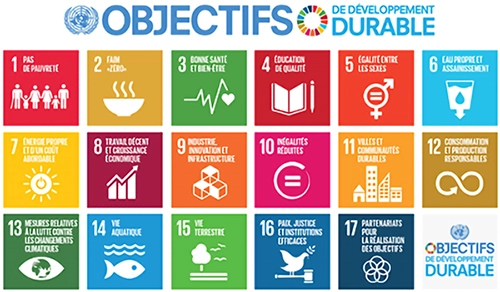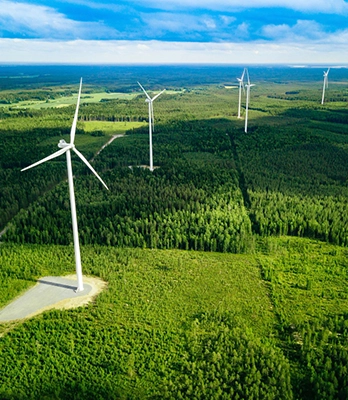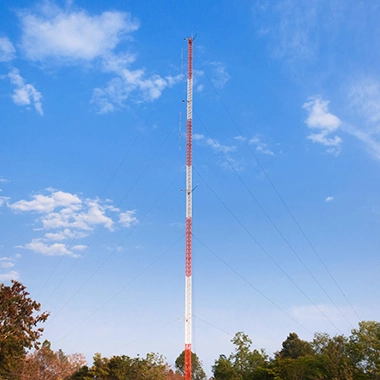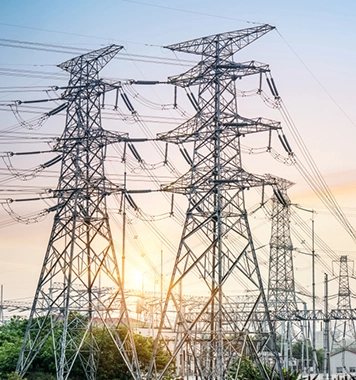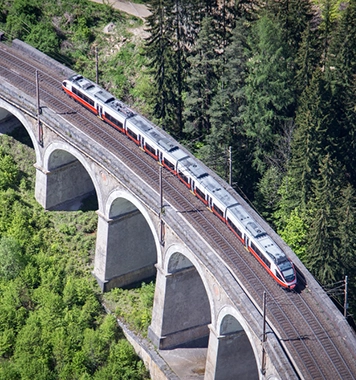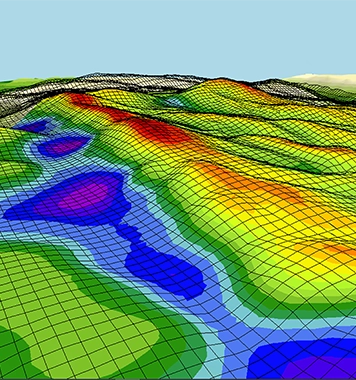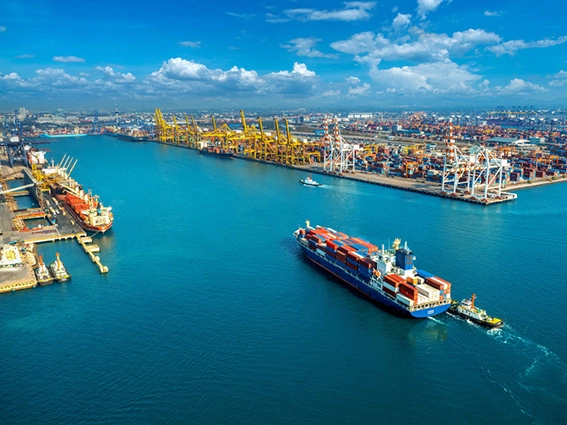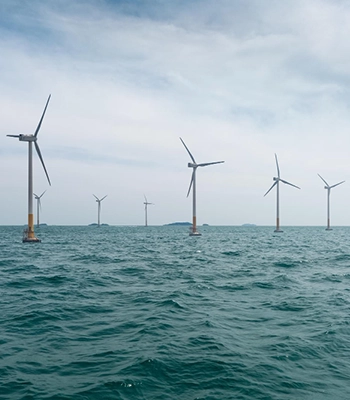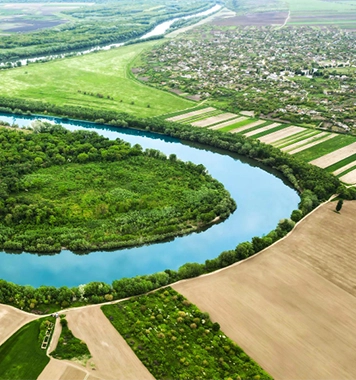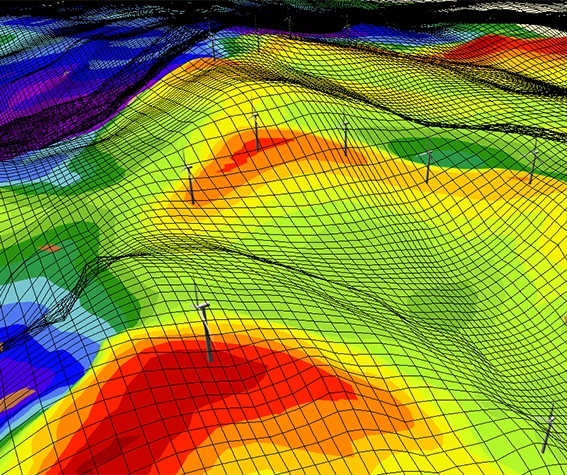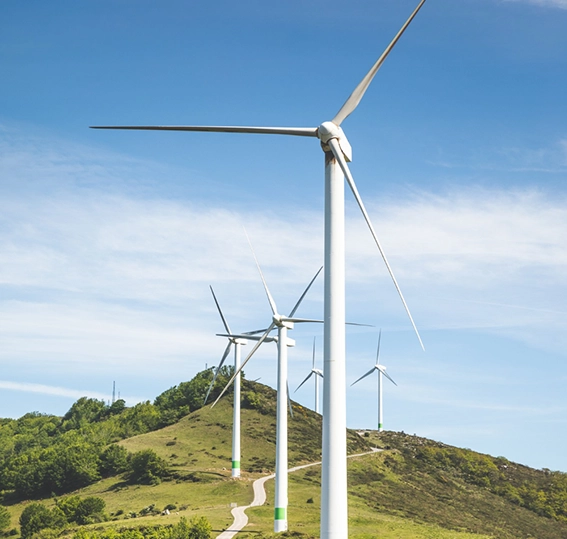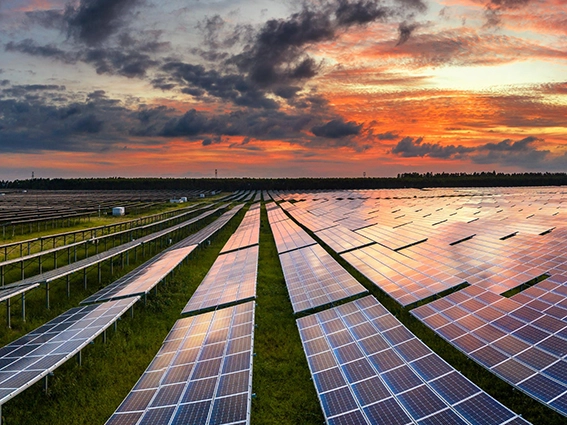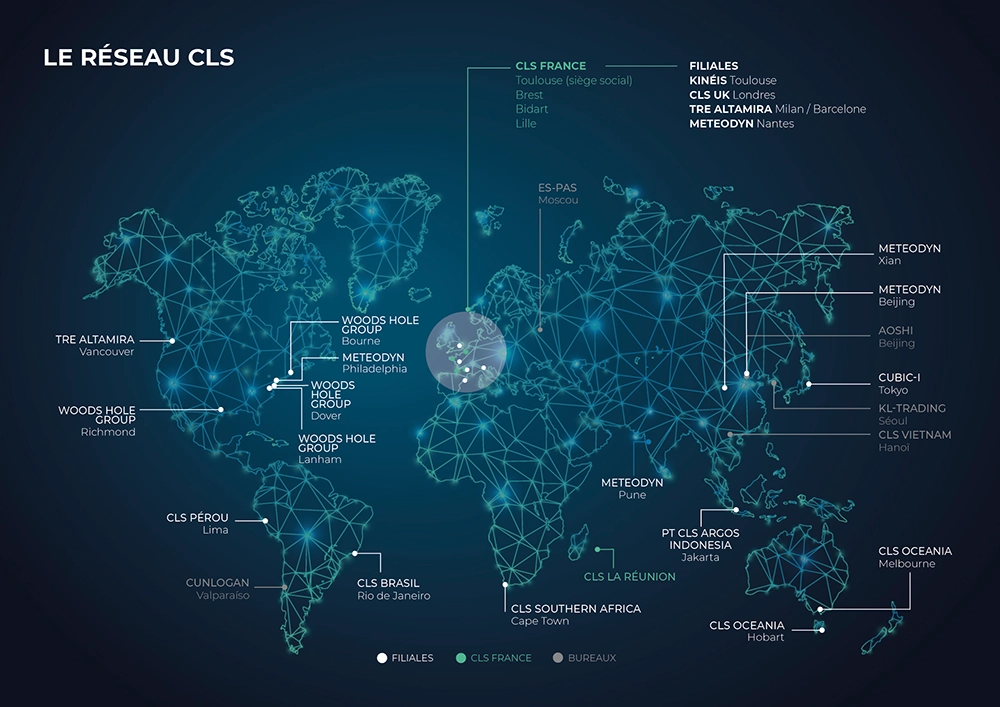About us
Meteodyn is the Wind Engineering, Meteorology and Climatology Expert.
We innovate with and for our customers. Our expertise, knowledge, and technologies are continuously integrated into our software and services to stay at the forefront of innovation.
A technical or scientific challenge? We support you in your projects and develop tailor-made solutions for your specific needs.
Our solutions share a common goal: to help build a sustainable, cleaner, and safer future.
Who are we?
Founded in 2003, Meteodyn is an international company specializing in digital wind engineering, climatology, and meteorology.
For the past 20 years, we have been supporting and guiding our clients in building a sustainable, cleaner, and safer future.
Initially focused on the development of wind flow modeling software, we now offer 7 software solutions and a wide range of more than 20 services dedicated to renewable energy, buildings, transportation, power grids, and climate change adaptation.
In 2021, we joined the CLS Group, with over 900 employees in 30 locations worldwide, strengthening our international presence.
+20 years
of expertise in wind, weather, and climate calculation and forecasting.
International
subsidiaries in China, India, and the United States.
7 software and +20 services
available worldwide.
Our expertise and technologies
If our simulations, forecasts, and projections are so accurate, it is because we have mastered a variety of cutting-edge technologies:
CFD: Simulations based on CFD (Computational Fluid Dynamics) take into account environmental effects such as topography, obstacles, and structures at all scales. This technology allows us to adapt the modeling to any type of terrain, even complex ones (mountainous, forested, urban, etc.).
Artificial Intelligence: AI and machine learning, combined with physical modeling and weather forecasting, allow us to provide high-performance forecasts. Meteodyn has developed its own artificial neural networks, with algorithms that incorporate variations to address the specificities of our different business sectors.
Mesoscale-Microscale Coupling: This technology allows accurate assessment and modeling of wind characteristics on large sites. It represents local wind-climate features while including regional effects. Our coupling model WRF-MeteodynWT (RANS) achieved a wind speed bias of less than 1% (-0.55%) in the ALEX17 benchmark, in less than 2 hours of computation.
Our business sectors
Onshore and offshore wind
Solar and photovoltaic
Buildings and Infrastructure
Transportation and Networks
Climate Change
Our CSR Commitments and the CLS Group

United Nations Sustainable Development Goals
Over 95% of our activities at the CLS Group level are aligned with the United Nations Sustainable Development Goals.
The CLS Group is committed to implementing the UN Guiding Principles on Business and Human Rights.

Green IT
We have launched an initiative to reduce the environmental impact of our digital activities, including optimizing and reducing the number of servers, consolidating processes on virtual machines, hosting the website on a green server, and donating unused equipment to charity or recycling it through certified organizations.
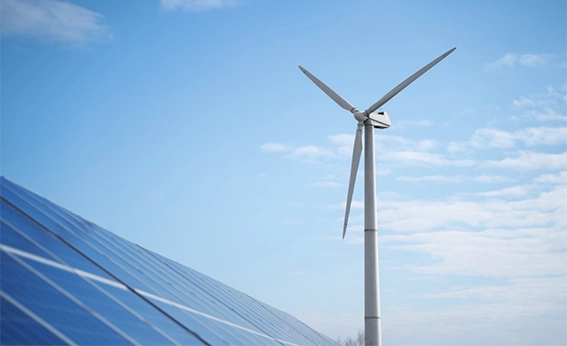
Renewable Energy
We actively support the development of renewable energy through our wind and photovoltaic activities.
We have also signed a renewable energy contract to power our headquarters.
In addition, our headquarters are certified as “Very Efficient” according to the NF-HQE standard and are equipped with solar panels.

Carbon footprint
We monitor our greenhouse gas emissions with the assistance of our partner, GreenFlex, and are actively working to reduce our carbon footprint.
We also contribute to reforestation efforts by partnering with independent organizations. In 2023, we planted 289 trees in partnership with Reforest’Action and raised awareness of the causes of climate change among 81% of our headquarters employees through a Climate Fresk workshop.
CLS, a Commited Company
- The United Nations has set out 17 goals to help save our planet.
- CLS contributes to 17 of them.
- We are proud to say that over 95% of our activities are directly related to achieving these sustainable development goals.
